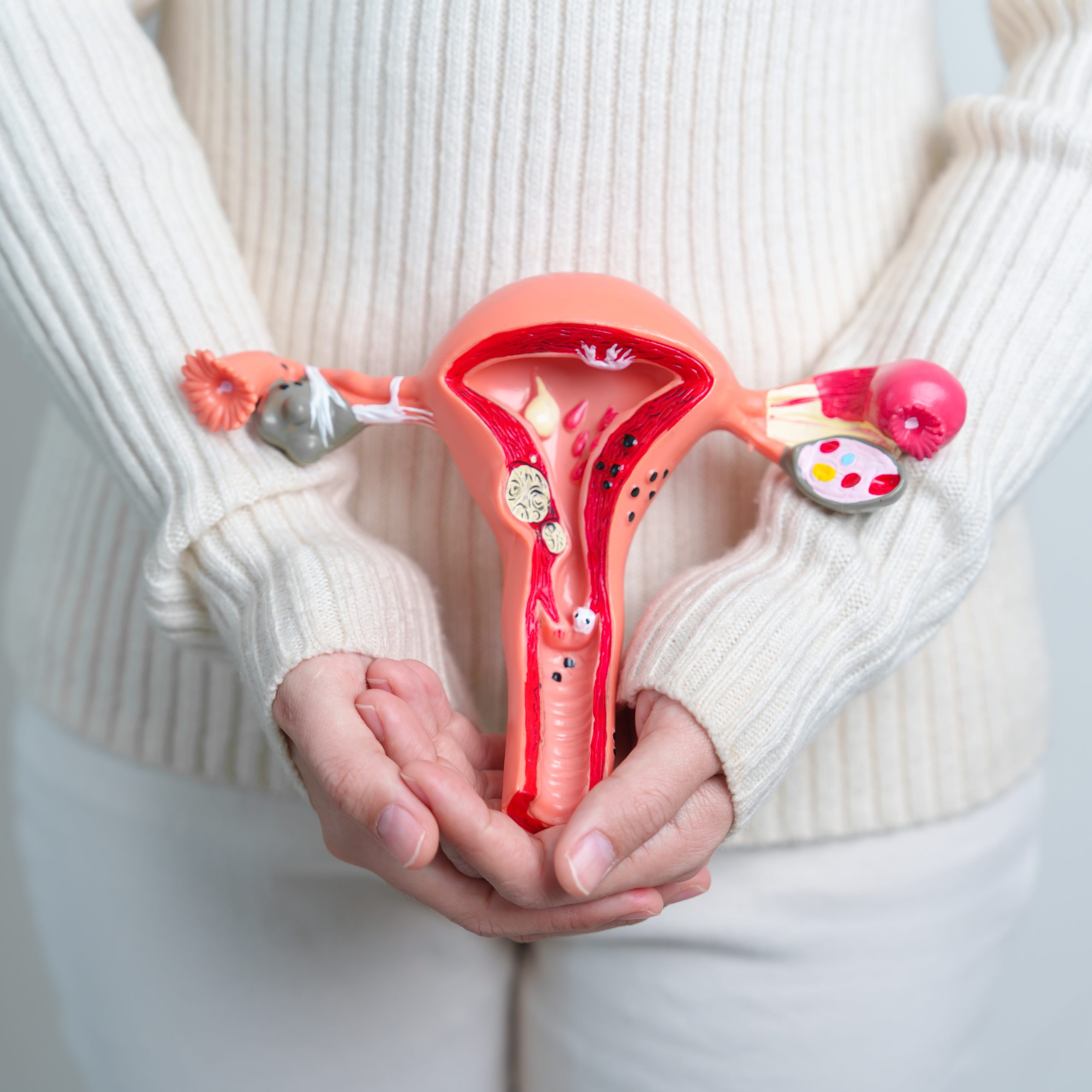Life is hard. Add in a baby and working full time, and it gets harder.
When I returned to work after my third baby, I had a lot of nursing and pumping experience under my belt. This was my third baby and my third attempt at managing a busy, full-time job and pumping to provide enough breast milk for my baby to eat while I was at work.
Before we jump in to my tips and tricks, it’s very important to remember that your success and value as a human, and your ability to be the very best you can be for your baby is NOT (and I repeat NOT) tied to your ability to adequately lactate.
The sad, old saying of “breast is best” is not always the case and has been replaced by the (much, much better) expression: FED is best.
Looking Back
Let’s have a quick aside — when my first baby was born more than ten years ago (gasp!), I wasn’t going to let anything stop me from nursing my baby and pumping to providing all the “breast is best” goodness. It all went great for the first three months (postpartum depression, learning the inequalities of a traditionally gendered household, navigating my new body, and sleep deprivation aside). Stilll, when I returned to work, I was in for a rude awakening: PUMPING IS ROUGH.
Or, at least it was for me. On my first full day back at work, I found myself stuck in a car with a single man in his 50s for the entire day, traveling hundreds of miles across the great state of North Dakota. Needless to say, I went all day without pumping. I was off to a not-so-great start already.
After that, my supply steadily dropped as I navigated tricky schedules and more mixed company car trips. Then, at the 4 month appointment, I remember his pediatrician looking at his growth chart with her brow furrowed … “I am not sure he’s growing as much as I would like.”
I was frozen. I failed.
I sobbed the whole way home but refused to stop nursing. I refused to give my baby formula, or what my mother in law referred to as “sludge.” I couldn’t disappoint. However, he started waking hungry during the night. He cried after nursing because he was still hungry. And after many weeks of effort, I finally gave in and filled his bottle with formula.
He slept like a champ — we all did. We woke, fresh and happy. And, you know what, he’s amazingly healthy.

Polina Strelkova Istock by Getty
Tips of the Trade
So, lesson learned — FED IS BEST. However, if you have your heart set on breastfeeding (like me) and need some expert guidance on pumping at work, here we go!
- Know your protections under the law. Many states have laws protecting lactating people and ensuring employers provide appropriate space and time for people to pump. Typically, these spaces are required to have a locking door, sink, and refrigerator. Employers are not allowed to make you pump in your car (I mean … I still do because my seat warmer feels so good on my sore back) or in the bathroom. Laws vary slightly from state to state, so double check your state’s laws and workplace protections.
- Make a schedule and keep your plan. Law requires employers to allow reasonable amounts of time to pump breast milk. Typically, it’s best not to go more than 2–2.5 hours between pumping sessions. I usually give myself a little wiggle room and say 3 hours max. So far, that’s worked for me. I add my breaks into my calendar each week, working around meetings and adjusting by 30-minute increments if needed. If I go longer than I should between sessions for some reason, I make up for it with a Power Pumping session later in the evening.
- Invest in a good pump and parts. Most insurances provide pumps and replacement parts at no cost. You can often find online retailers who supply the pump and parts and set up recurring shipments of replacement parts, including shields, valves, and tubing.
- Have everything you need for a full day’s worth of pumping packed each morning. This will save you time between sessions otherwise spent washing parts and make storing milk easier. And keep extra supplies. I am not talking about only tubing and valves; I am talking about nursing pads, shirts, and bras. I can’t tell you how many times my body decided it was time to pump before I was ready, causing wet stains on my shirt. Sticking to tip number 2 will also help with this. Also … see number 8 below.
- Get a jump start on your sessions. I like to do my first pumping session while driving to work. It helps because I have a good 2 to 3 hours at work before I need to step away and pump again. I will admit, the first time pumping while driving was interesting and a little embarrassing, but I got used to it quickly. Now it’s one of the easiest and best ways to squeeze in a quick session. Just don’t get too comfortable with driving while pumping and forget what you’re doing. I decided I needed a coffee and pulled up to a Starbucks with my shirt pulled up to my chin and my pump going full power … needless to say I left a bit extra in the tip can. (Sorry baristo, dude!)
- Try visualization and meditation to encourage let down and increase supply. Sometimes getting the ol’ let down to happen is harder when pumping. Let’s face it, that hard, cold plastic shield is far different than the soft, warm mouth of your baby. Try bringing photos of your baby to look at (it’s not like your phone doesn’t have hundreds of photos taken just yesterday!). If that doesn’t work, I enjoy visualization techniques that mix relaxation strategies with meditation. Here’s what I do: get comfortable, then close your eyes and visualize your baby in detail, starting with the very tip of the first tuft of hair, working down to the rest of the head, the forehead, the eyebrows, and so on. Try to think about how each part smells and feels. The only problem I have with this technique is not relaxing to the point of falling asleep (Surprise! Two hours have passed, and you’ve missed your meetings!).
- Don’t be embarrassed by your efforts and goals. My first baby, I was modest and secretive. Remember my earlier story of going all day without pumping because I was stuck alone with a middle-aged dude? I should have spoken up! He could have waited outside the car and played Solitaire on his phone for 20 minutes. Pumping was more taboo, and I was not as open and honest with my coworkers and employer. Now, with baby three, I’ve gotten over the embarrassment, and it helps a lot. I’m not saying you need to announce to your coworkers that your milk just let down and you need a new shirt. But, it’s ok to tell people you’re pumping and need to excuse yourself or that you can’t accommodate a phone call at that moment. Remember, the law is on your side.
- Don’t be afraid to ask for help. All successful breast milk pumpers have failed in some way or have a problem solved on the fly. Once, I forgot (FORGOT!) to bring lids for all my bottles. So, I pumped nearly 8 oz. Then, I realized I have no tops for my bottles. I had to ask a co-worker (see tip number 7) for one of their food storage containers. I cleaned it really well and dumped my milk into that container all day. Hey, my husband got a good laugh when I set the full container down on the kitchen counter that night …. Milk sloshing against a very tightly sealed lid (Nice job Rubbermaid brand storage container!). Additionally, find a lactation consultant who really knows their stuff. Trust me, even after three babies, I still have questions. It’s also ok to find other lactating people to reach out to — everyone has different experiences pumping and you never know what secrets they’ve uncovered.
- Stay motivated — but for all right reasons. It’s going to be hard work, and you may want to quit. If you’re like me with baby number one (and honestly even with baby number three) you may want to keep going no matter what. That’s ok! Good for you! I find it helpful to keep notes for myself either on my phone or on little notes in my pumping bag, which reminds me why I am doing this. For me, it’s because I love nursing, and I cherish each minute I get to do it. Pumping is pretty much my least favorite thing in the world, but I do it because I don’t want to stop nursing. Only do it if it’s what YOU really want — it’s no one else’s decision (not even your partner gets a say in the matter).
- Be kind to yourself. It’s ok if it doesn’t work out. Cut yourself some slack and remember you did your best (or maybe you gave sub-par effort, that’s cool too — who cares?!). So what if you only made it three weeks or three months. Your baby is important, and you want to do everything you can to provide the very best. Sometimes that just isn’t breast milk. Your well-being matters too. You are more than just a lactating person (even if it doesn’t feel like it sometimes). You’re many other things, and if the pumping-working-person title isn’t in the cards — oh well!
No matter what happens in this crazy life, remember that FED IS BEST and cut yourself some slack.
Keep a good relationship with your child’s medical care provider (if you need a good one — check out MacArthur Pediatrics and schedule an appointment today).
Your child’s provider will help you monitor growth and development — ensuring that your baby is strong and healthy regardless of whether breast fed or formula fed.
…
Blog Author: Practice Manager Erin Cox and Pediatric Nurse Practitioner Abby Boynton
Main Blog Photo By: Pilin_Petunyia Istock by Getty











